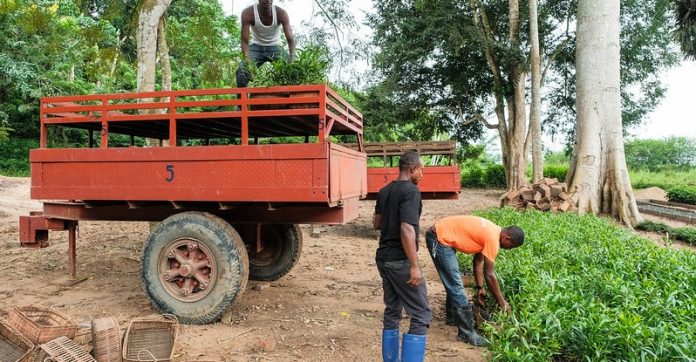Africa has the potential to restore 700 million hectares of degraded and deforested land, but experts caution that to transform lands and livelihoods over the long term, tree planting initiatives must be bolstered by strong strategies grounded in science.
During the digital forum Can tree planting save our planet? hosted by the Center for International Forestry Research (CIFOR), World Agroforestry (ICRAF) and the Global Landscapes Forum (GLF) on Tuesday, researchers, forestry experts, community leaders, investors and policymakers discussed the keys to successful reforestation and forest landscape restoration.
Here are some top tips on how to get tree planting right:
- Don’t think tree planting, think tree growing
The real challenge is not planting seedlings, but nurturing them so they grow to realize their potential contribution environmental, social and economic benefits over the long-term. “It is essential to choose the right tree for the right place and the right purpose – this is our mantra,” said Ramni Jamnadass, the co-leader of ICRAF’s Tree Productivity and Diversity program. The purpose can be linked to products –fruit, fodder, timber — or services such as shade, erosion control and carbon sequestration. Taking local knowledge, evidence-based approaches and community engagement into consideration are keys to successful forest landscape restoration, according to the experts.
- Watch out for the most common mistakes
“Planting monocultures, introducing invasive species, and ignoring water use and soil water balance are three of the most common pitfalls in tree planting,” cautioned Harrie Lovenstein, head of research and development at the Land Life Company, a reforestation firm headquartered in Amsterdam. Other mistakes include failing to prepare the soil or tailor the approach to the biophysical and cultural realities in a specific location. One more piece of advice from forum participants: Be climate smart, experimenting and selecting variants of Indigenous species that are more tolerant to drought. Read more…



